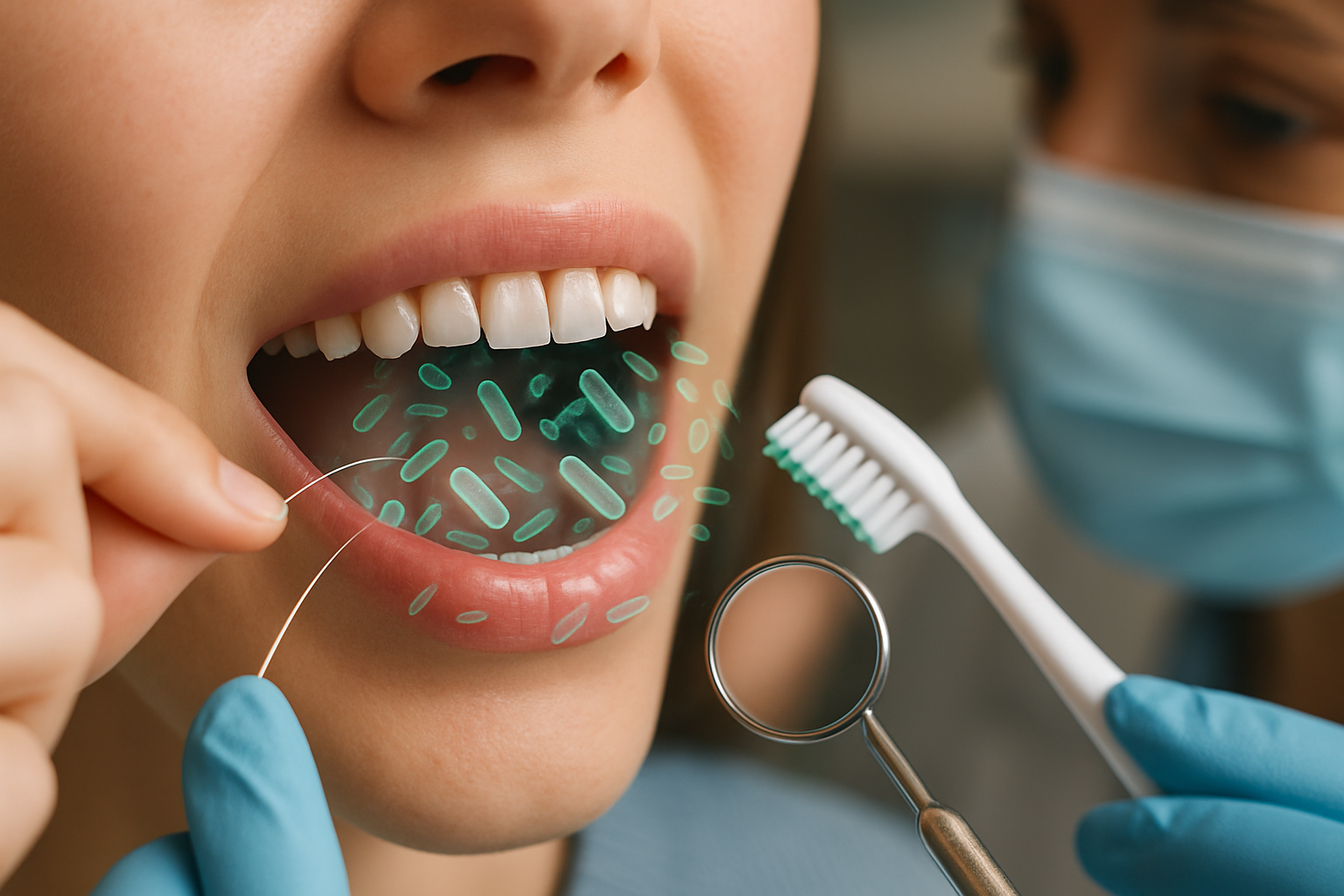Learn About the Causes & Prevention of Bad Breath: A Complete Guide
Bad breath, medically known as halitosis, affects millions of people worldwide and can significantly impact personal and professional relationships. Understanding the underlying causes and implementing effective prevention strategies can help you maintain fresh breath and boost your confidence. This comprehensive guide explores the science behind bad breath, identifies common triggers, and provides practical solutions for long-term oral health management.

What is Bad Breath and How Does It Develop?
Bad breath typically occurs when bacteria in the mouth break down food particles and protein, producing sulfur compounds that create unpleasant odors. This process can be intensified by poor oral hygiene, allowing bacteria to multiply and form a biofilm on the tongue, between teeth, and below the gum line. The condition can also develop from underlying health issues, including dry mouth, respiratory tract infections, or gastrointestinal problems.
Common Indicators of Bad Breath You Should Recognize
Identifying bad breath can be challenging, as it’s often difficult to detect in oneself. Key indicators include a persistent bad taste in the mouth, a white coating on the tongue, and others frequently stepping back during conversations. A simple self-test involves licking your wrist, letting it dry for a few seconds, and smelling it. Another reliable method is asking a trusted friend or family member for honest feedback about your breath.
Signs & Causes of Bad Breath Beyond Poor Oral Hygiene
While inadequate oral hygiene is a primary cause, several other factors can contribute to bad breath. Medical conditions such as sinusitis, tonsil stones, or gastroesophageal reflux disease (GERD) may cause persistent bad breath. Certain medications that reduce saliva production can lead to dry mouth, creating an environment where odor-causing bacteria thrive. Additionally, dietary choices, particularly foods high in sulfur compounds like garlic and onions, can affect breath odor.
Ways to Reduce Bad Breath Through Daily Habits
Maintaining good oral hygiene is essential for preventing bad breath. This includes brushing teeth twice daily, flossing regularly, and cleaning the tongue with a scraper or brush. Staying hydrated helps maintain saliva production, which naturally cleanses the mouth. Chewing sugar-free gum after meals can stimulate saliva flow and remove food particles. Avoiding tobacco products and limiting alcohol consumption also contributes to fresher breath.
Professional Treatment Options and When to Seek Help
When self-care measures prove insufficient, professional intervention may be necessary. Dentists can identify and treat underlying oral health issues through deep cleaning, cavity filling, or gum disease treatment. They may also recommend specialized mouth rinses or prescribe medications for specific conditions causing bad breath.
| Treatment Type | Provider Type | Estimated Cost Range |
|---|---|---|
| Regular Dental Cleaning | General Dentist | $75-200 |
| Deep Cleaning | Periodontist | $200-400 per quadrant |
| Halitosis Treatment | Specialist | $300-1000 |
| Professional Consultation | Dental Clinic | $50-150 |
Prices, rates, or cost estimates mentioned in this article are based on the latest available information but may change over time. Independent research is advised before making financial decisions.
Effective management of bad breath requires a comprehensive approach combining proper oral hygiene, lifestyle modifications, and professional care when needed. Understanding the underlying causes and implementing appropriate prevention strategies can help maintain fresh breath and improve overall oral health.
This article is for informational purposes only and should not be considered medical advice. Please consult a qualified healthcare professional for personalized guidance and treatment.




